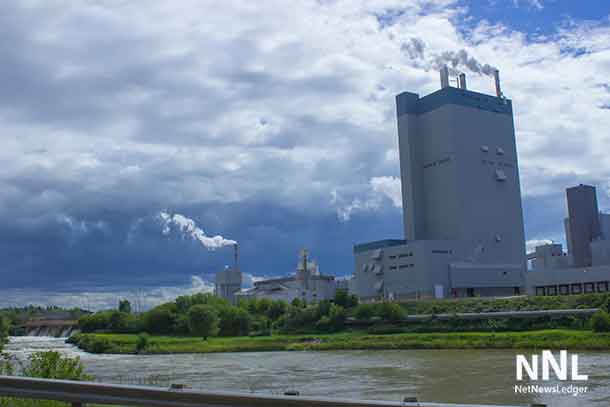
Mercury Contamination Convention Signed
Ottawa, Ontario – “The federal government has worked with provincial and territorial governments and with Indigenous communities as important partners of the Convention. All Canadians can be proud of this accomplishment as our country continues to renew its relationships with Indigenous peoples, based on recognition of rights, respect, co-operation, and partnership and demonstrates to the world how important that is,” says Dr.Carolyn Bennett, Minister of Indigenous and Northern Affairs.
The Minister of Environment and Climate Change, Catherine McKenna, has announced that the Government of Canada has ratified the Minamata Convention, a global agreement to reduce anthropogenic (human-generated) mercury emissions and releases to the environment here and abroad.
The Convention is a legally binding treaty negotiated under the United Nations Environment Programme, which will ensure that mercury—a toxic substance—is managed effectively, traded responsibly, and used only where no feasible alternatives exist. The Convention addresses all aspects of the life cycle of mercury, including requiring controls and reductions across a range of products, processes, and industries.
Exposure to mercury is known to cause negative health effects to those who are most vulnerable, particularly fetuses, infants, and young children. In addition, northern peoples are especially vulnerable to mercury as it tends to accumulate naturally in the Arctic, and it affects local food sources like fish and marine mammals.
Earlier today the Ambassador and Permanent Representative of Canada to the United Nations, Marc-André Blanchard, deposited the instrument of ratification at the Headquarters of the United Nations, in New York City.
As an Arctic country, Canada will be one of the main beneficiaries of this agreement. While we have reduced our own mercury emissions by over 90 percent in the last 40 years, more must be done to reduce global emissions that have had an impact on Canada and its Arctic ecosystems. Over 95 percent of the mercury deposited in Canada from human activity comes from foreign sources.
Canada is an active party to this treaty, and it will work with other parties to reduce global mercury emissions and releases.
“Ratifying the Minamata Convention will help us deliver on our commitment to protect the environment, the health of Canadians, and the global population from mercury emissions and releases,” said Catherine McKenna, Minister of Environment and Climate Change.
“Exposure to mercury poses a risk to the health and safety of Canadians, and the Government of Canada is taking action with the ratification of the Minamata Convention. This builds on previous government actions to reduce unnecessary exposure to mercury in natural health products, cosmetics, and children’s products,” states Jane Philpott, Minister of Health.
Quick Facts
- Parties to the Minamata Convention include the United States, China, Japan, Switzerland, and Mexico.
- The first Conference of the Parties (COP-1) has been scheduled for September 23, 2017, in Geneva.
- The Minamata Convention on Mercury will enter into force after 50 governments have ratified it.
- Indigenous peoples and northern communities have been working in partnership with scientists and the Government of Canada to better understand this issue, using both scientific and Indigenous knowledge, and they have succeeded in contributing to this historic convention.
- In 2014, Canada published the Products Containing Mercury Regulations, which prohibit the manufacture and import of most mercury-containing products.
- Coal combustion, particularly for the generation of electricity, is the major source of mercury to the Canadian environment.
- Canada became the first major coal user to ban the construction of traditional coal-fired electricity generation units.
- Canada’s greenhouse gas regulations also require existing coal-fired units to close or to install carbon capture and storage once they reach a defined period of operating life (generally 50 years).
- In November 2016, the Government of Canada announced its intent to accelerate the transition from traditional coal power to clean energy by 2030.
- Our greenhouse gas regulations for coal-fired electricity are also expected to result in reductions of mercury emissions from that sector.
- In 2017, Canada published the Export of Substances on the Export Control List Regulations, which prohibit exports of mercury, with limited exceptions, to continue implementing Canada’s domestic mercury strategy.
Associated Links





